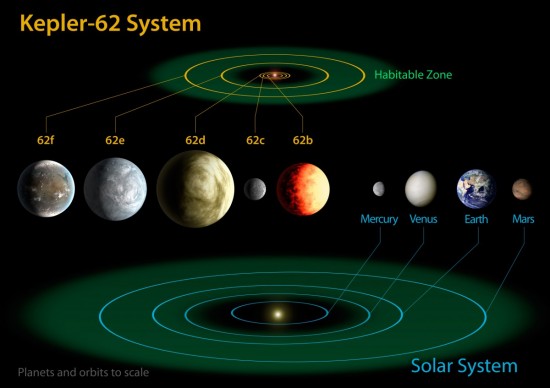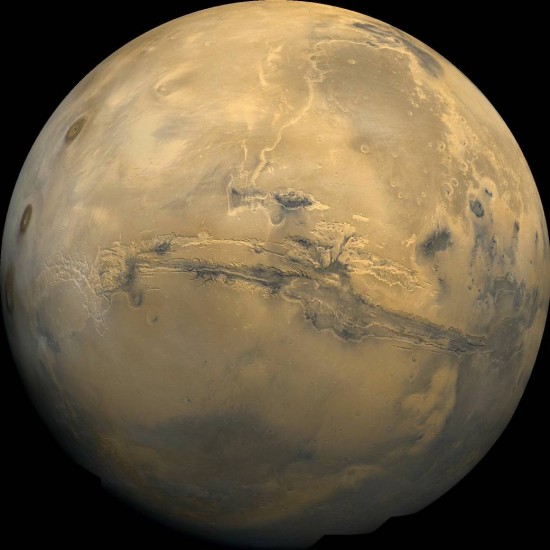What we’ll do in space by 2016. Er…they
With such rapid expansion of capability, it may seem difficult to tell what the next 60 years will bring, much less the next century. But we never do anything in space without first imagining what we could do, so in that spirit, here is an attempt to predict—and nudge us into—the future.


